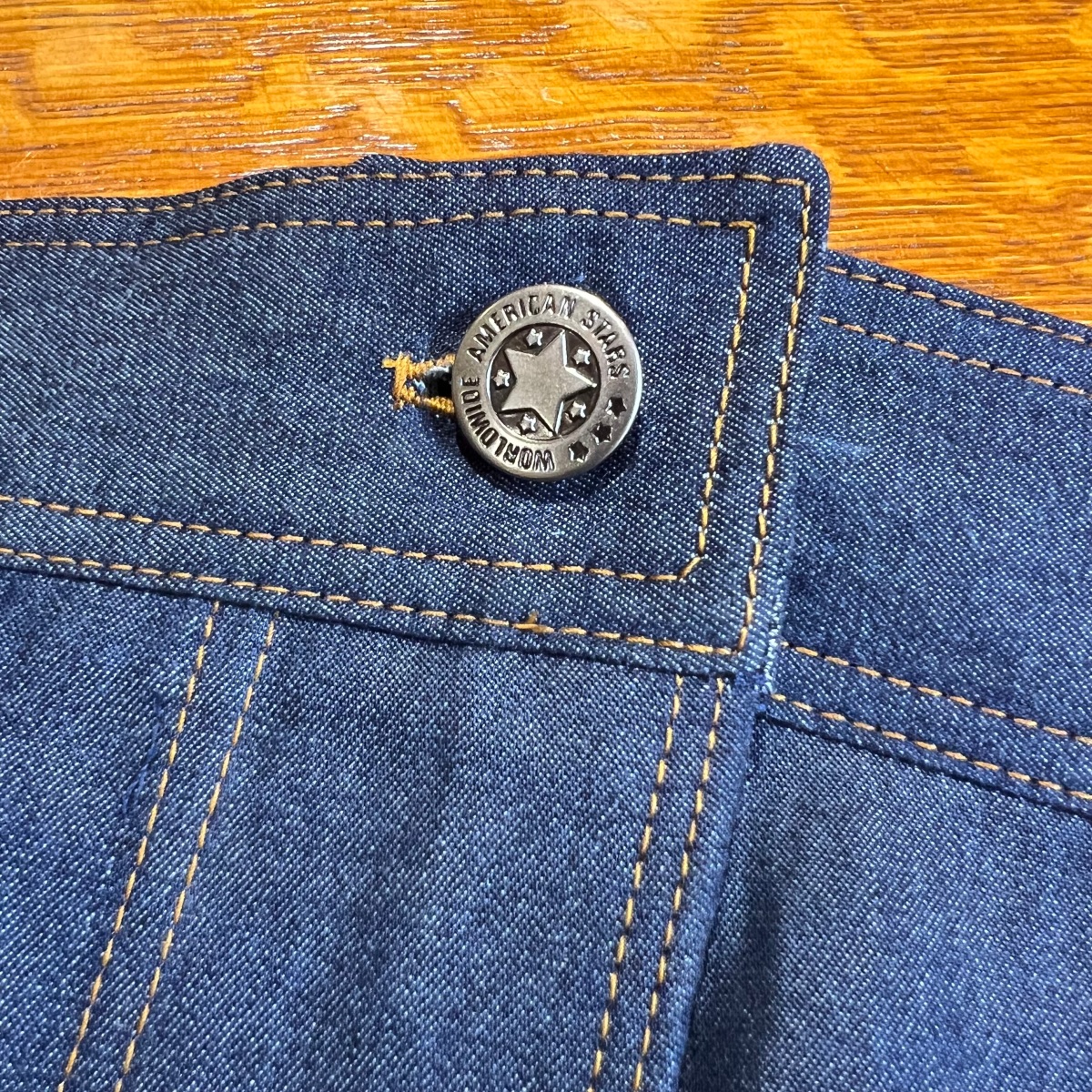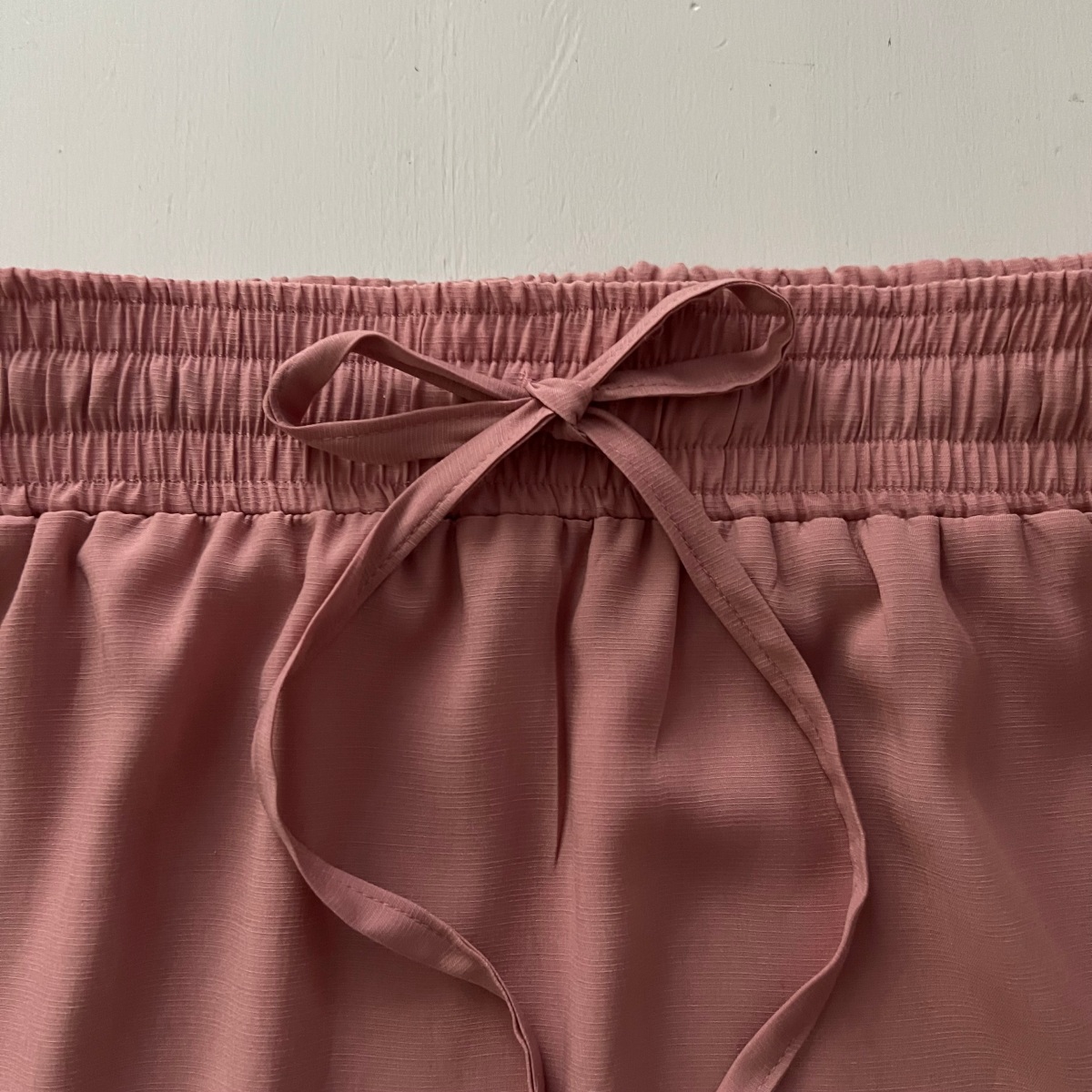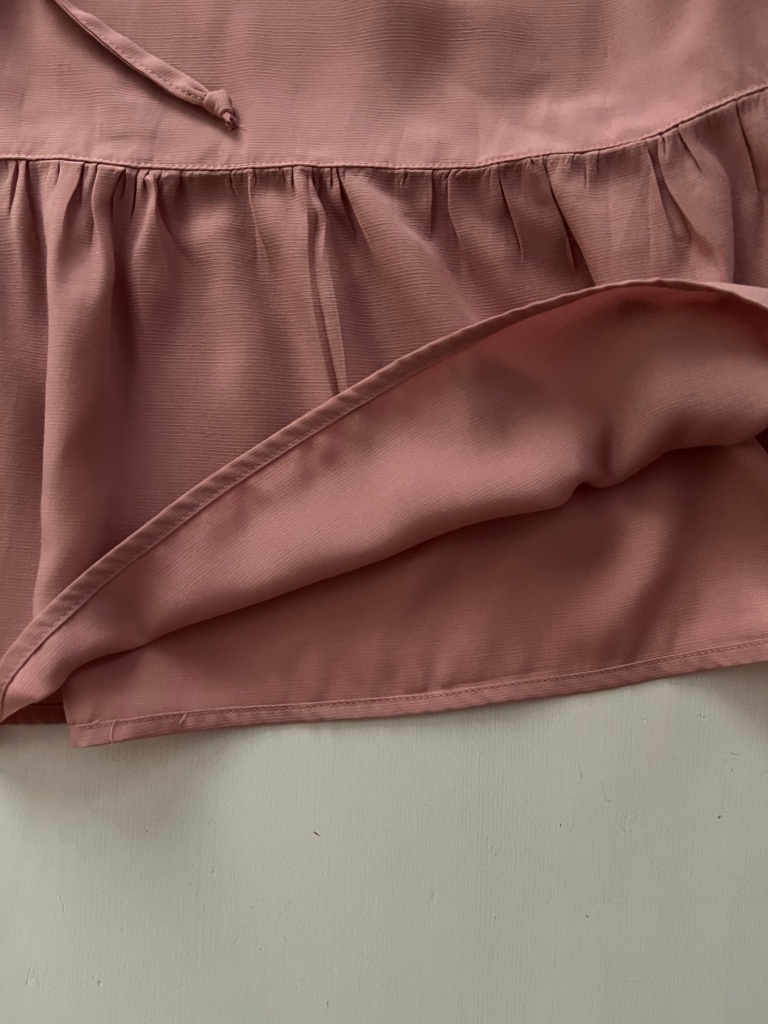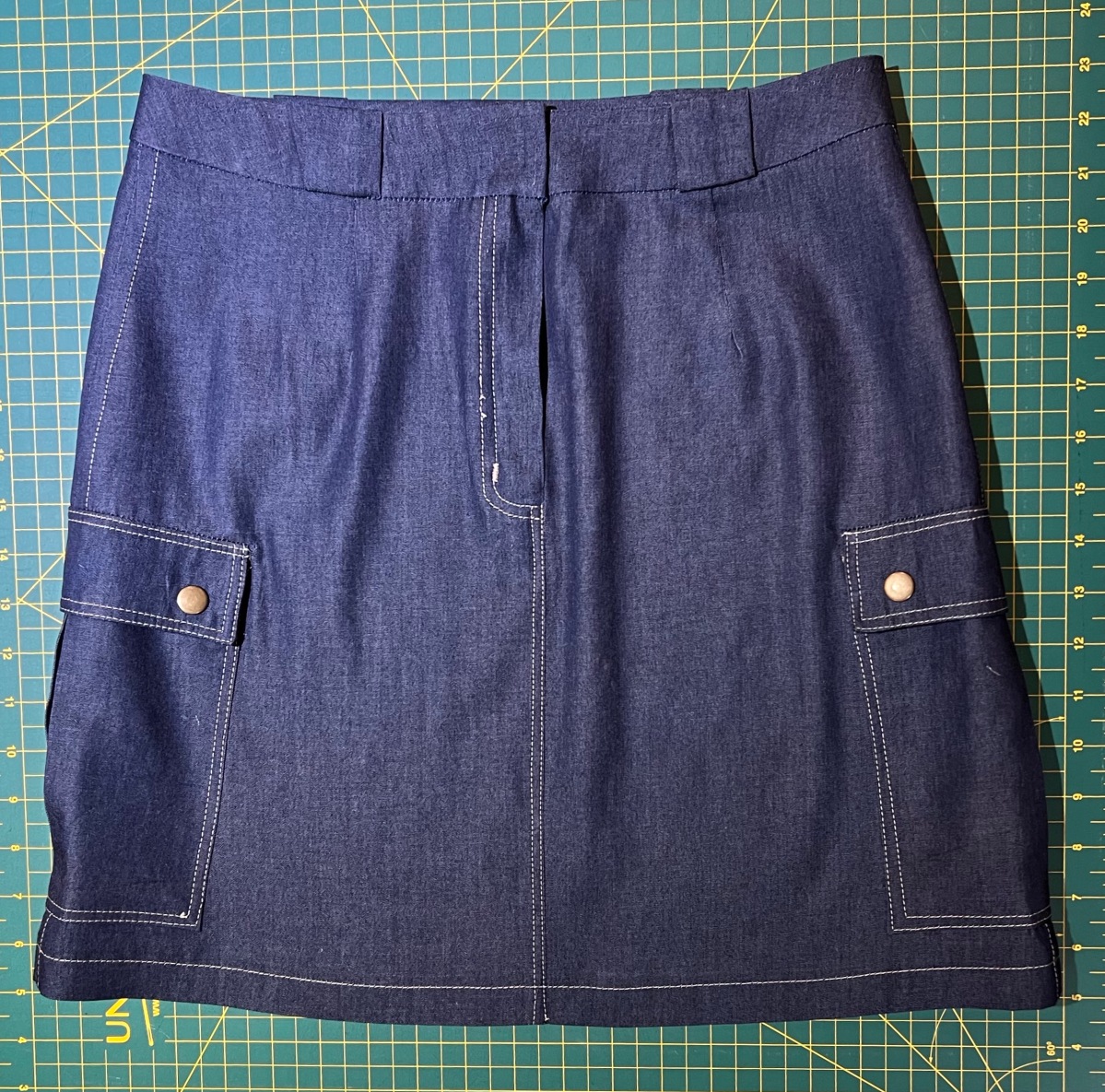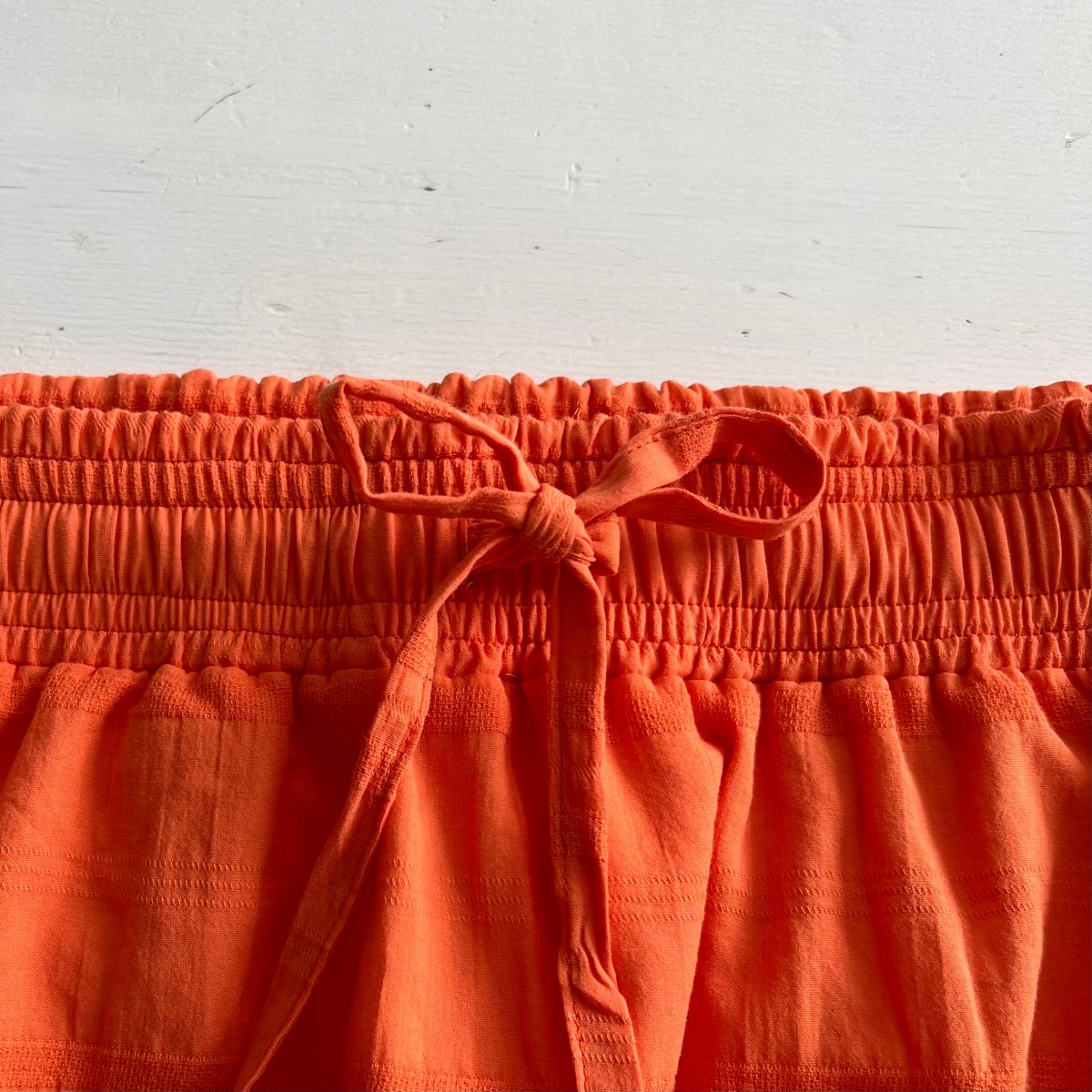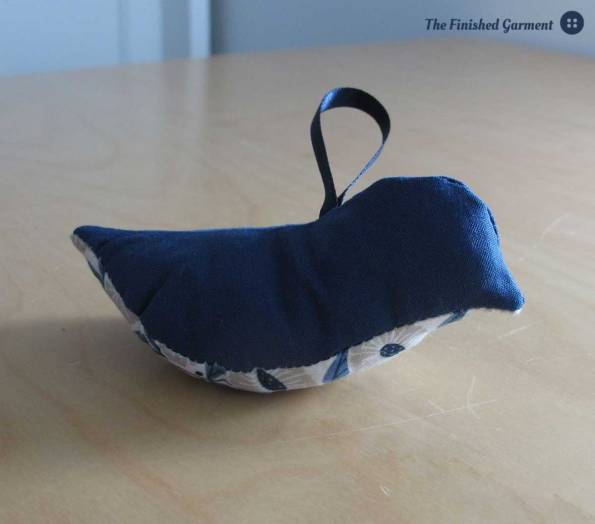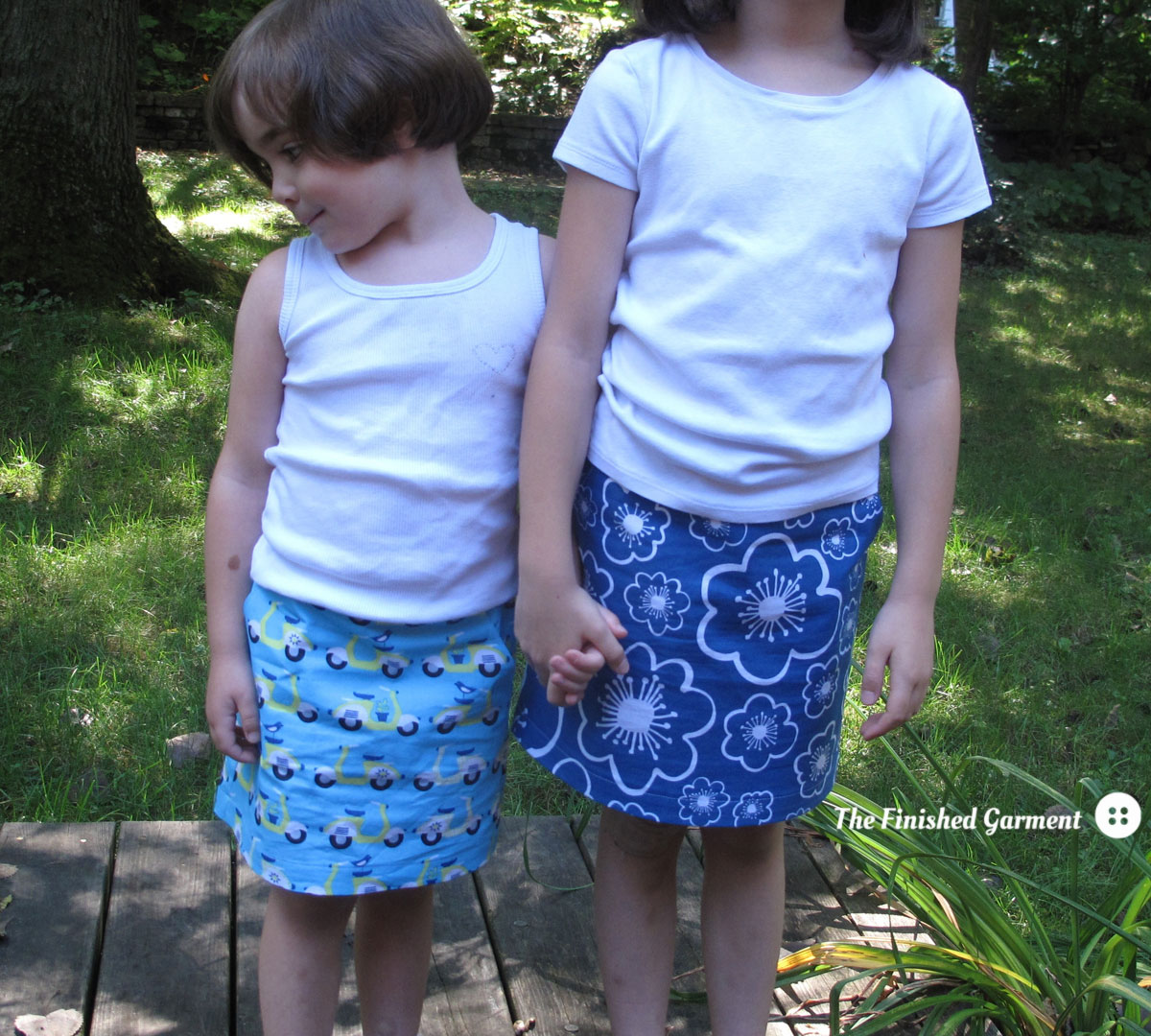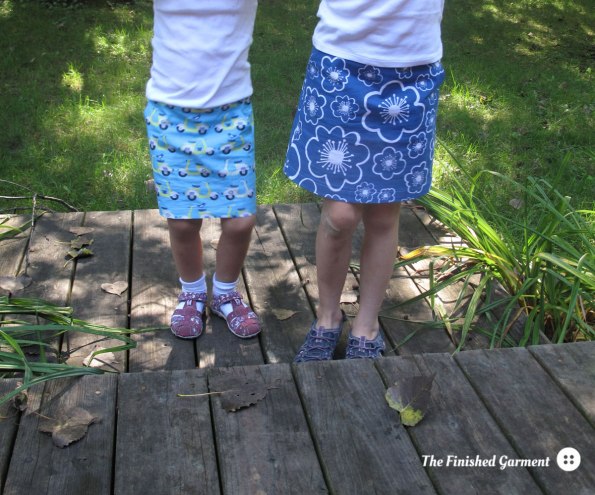This isn’t the first time I’ve sewn with a vintage 1990s pattern and it’s unlikely to be the last. It’s a lot of fun, as long as you are prepared to do a little extra work.
I’ve wanted a jean maxi skirt for a while, but I couldn’t find the right pattern – until I spotted Vogue Elements V9997, circa 1999.
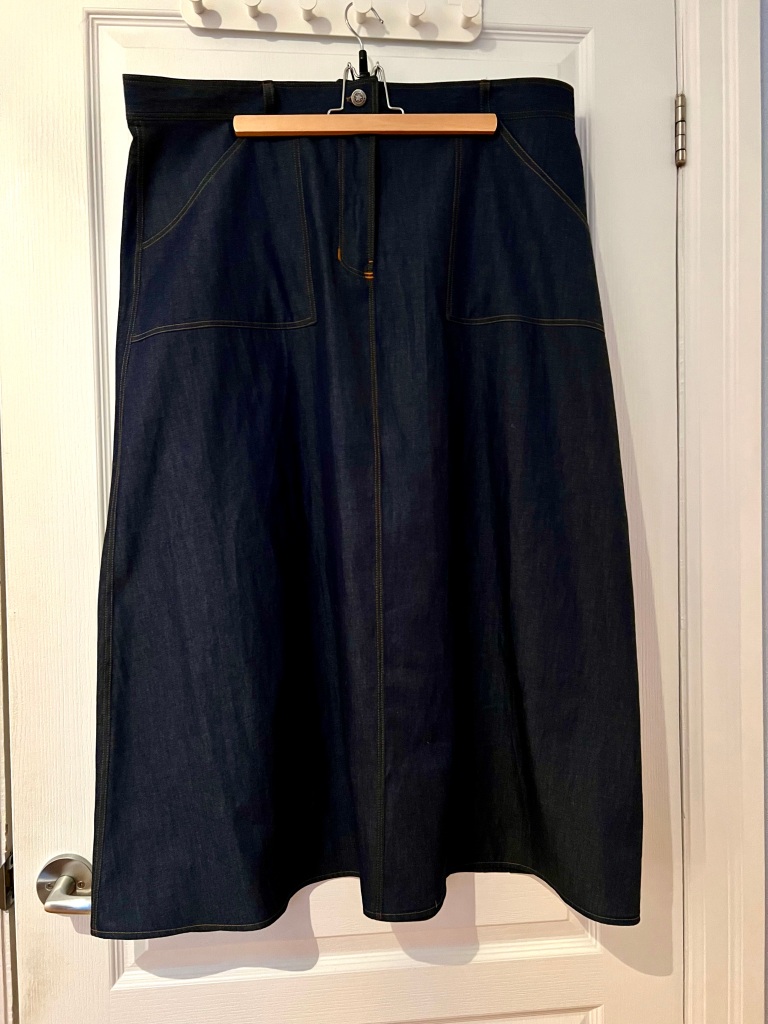
This pattern is for an a-line maxi skirt, with carpenter-style pockets, sewn-on fly with fly shield, and belt carriers. And, it wasn’t too expensive. I bought it online through a vintage pattern seller.



I really like the Vogue Elements series patterns. I have a few of these. There are a lot of 90s looks which have come back into style in the past couple of years, but few current patterns that match. Also, these patterns mostly have good lines and quality construction details. Of course, some are a bit dated, but many are not.

I also like that the size range for the series is 6-22. That’s larger than current Vogue patterns offer, per envelope, and accommodates all the bodies in my household. There aren’t options in larger sizes though, if that’s what you need.
V997 wasn’t without its flaws. But more on that later.

First, let’s talk about the fabric. I used a dark cotton chambray instead of heavy denim. Maxi skirts made of denim tend to be hot, stiff, heavy, and not always very comfortable. I wanted something lighter that I could wear in the heat of summer. This has a little swish.
I bought the fabric in-store at Fabricville. It’s the same fabric I used previously to make another vintage pattern, McCall’s M2220. This fabric comes in many hues, and I have no idea which one this is. It’s just the darkest they had in the store that day. Some of the photos here make it look quite blue, but it’s really a dark indigo. It’s hard to photograph dark clothing.

I used Gutermann mara thread in bright brown (#405) for the topstitching, and I really like the look. I did double topstitching everywhere, except for the hem. All the inside seams are faux flat-felled.

I used a size 12/80 universal needle (this was shirting after all), except on the waistband where I used a 14/90 jeans needle.

I used a metal jeans zipper and jeans button. I used the Prym Vario pliers to install the button, and this is one of my favourite sewing tools ever. It’s just so precise! I probably should have gone with bronze hardware to match the thread, but I had silver on hand.
This was also a bit of a practice run on two fronts. First, I’m hoping to make some jeans soon, and I wanted a bit of low-risk practice with topstitching, making pockets, and a jean-style fly. Second, I have some more precious fabric waiting to be sewn into another maxi skirt, and I wanted to test the pattern (coming soon!). So you could call this a very wearable toile.

The fly is a sewn-on jeans fly with fly shield and double top-stitching. I love how this is considered an “easy” pattern by Vogue. (sigh)
I added bar tacks. One is so pretty, and I guess the others I’d qualify as adequate. Don’t look too closely! I’d also recommend not sewing your bar tacks through the hem of your skirt. lolcry.
I am very happy with the results, but in the highly unlikely event that you sew with this hard-to-find vintage pattern, you will need to make three (pretty easy) adjustments.
1. Draft a straight waistband
This pattern is described as having a “below-waist” waistband. By this, they apparently mean about 7cm (3 inches) below the waist. That is very low. Dear reader, it is not actually 1999, and I’ve had four kids.
I dutifully cut out the waistband as drafted, but it did not fit. And yet, the skirt without the waistband fit great. This is a curved waistband, and it is possibly the most curved I’ve ever seen, and I’ve sewn a lot of waistbands in my time. It’s just odd. I doubt it would fit most bodies. In any case, this waistband ended up in the trash.
I wanted a high-waisted version of this skirt anyway, so I drafted a very straight waistband. You can read a tutorial that explains what I did here. But essentially, I measured the top of the skirt, then cut out a waistband a couple inches longer on each end, and then transferred the markings and proceeded as per the instructions. An alternative would be to borrow a waistband from another pattern, but a straight waistband worked well with a high-waist and wasn’t especially difficult. It also doesn’t use a lot of extra fabric. I didn’t adjust the skirt panels in any way.
2. Lower the back pockets
Because this is drafted to be low on the hip, if you place the back pockets where drafted, but raise the waist, the pockets will be very, very high. I recommend making the pockets, and adding them at the last possible moment. This way you can pin them to the skirt and get the most flattering placement for your figure. The a-line design means there is lots of room to do this, even when the skirt is fully assembled, and it isn’t too fiddly a task.

My pockets were so000 pretty, but in the end, I decided not to add them. I tried on the skirt with a couple of tops, and I found that if I wore it with something on the dressier side (say, a turtleneck and blazer), the pockets always landed at an awkward point. Without pockets it looks a bit leaner and there were more wardrobe possibilities. That said, if I had used a fabric that looked less like real jeans, I would have included them. With the dark chambray and all the top-stitching, I thought it I had a pretty good “jeans” vibe as it was.
3. Lengthen the skirt
With most big four skirt patterns, there is a little extra length to adjust for folks of different heights. Of course, if you raise the waist on this pattern, you cut into that wiggle room.
This pattern is drafted to be “above ankle”, but I wanted my skirt to be as long as possible without dragging in the dirt. I didn’t lengthen the skirt, and that’s exactly what I ended up with. However, I’m 166cm (5’6″) tall – the exact height this pattern was drafted for. If you are even a little taller, you’ll want to add a little length, just in case. It’s an a-line skirt though, so it isn’t very difficult.
Do you need to adjust the front pockets? I didn’t, and I like the look as is. If they were longer, and you had anything in them, they would bang against your legs when you walked. The back pockets were the correct size as well, though that depends much more on individual morphology.
I ended up with exactly what I wanted. This is an on-trend skirt that I can dress down for summer in the backyard or dress up for work and wear year-round.

Summary
Pattern Review: Vogue Elements 9997 circa 1999, available in sizes 6-22. Length: Maxi.
Fabric: Dark wash indigo chambray from Fabricville. This was labelled denim, but it is shirting. I used about 1.5m, even though I had to cut a new waistband. The pattern calls for 2m.
Notions and Equipment: Needle: 12/80 universal for most, jeans 14/90 for topstitching the waistband. Gutermann mara thread in bright brown (#405).
Size: 20.
Cost: Pattern: $14. Fabric: About $15. Hardware: About $4.
Sewing Level: Easy according to Vogue, but I’d say average.
Modifications: Raised the waist, cut a straight waistband, and skipped the pockets.
Results: On trend!


